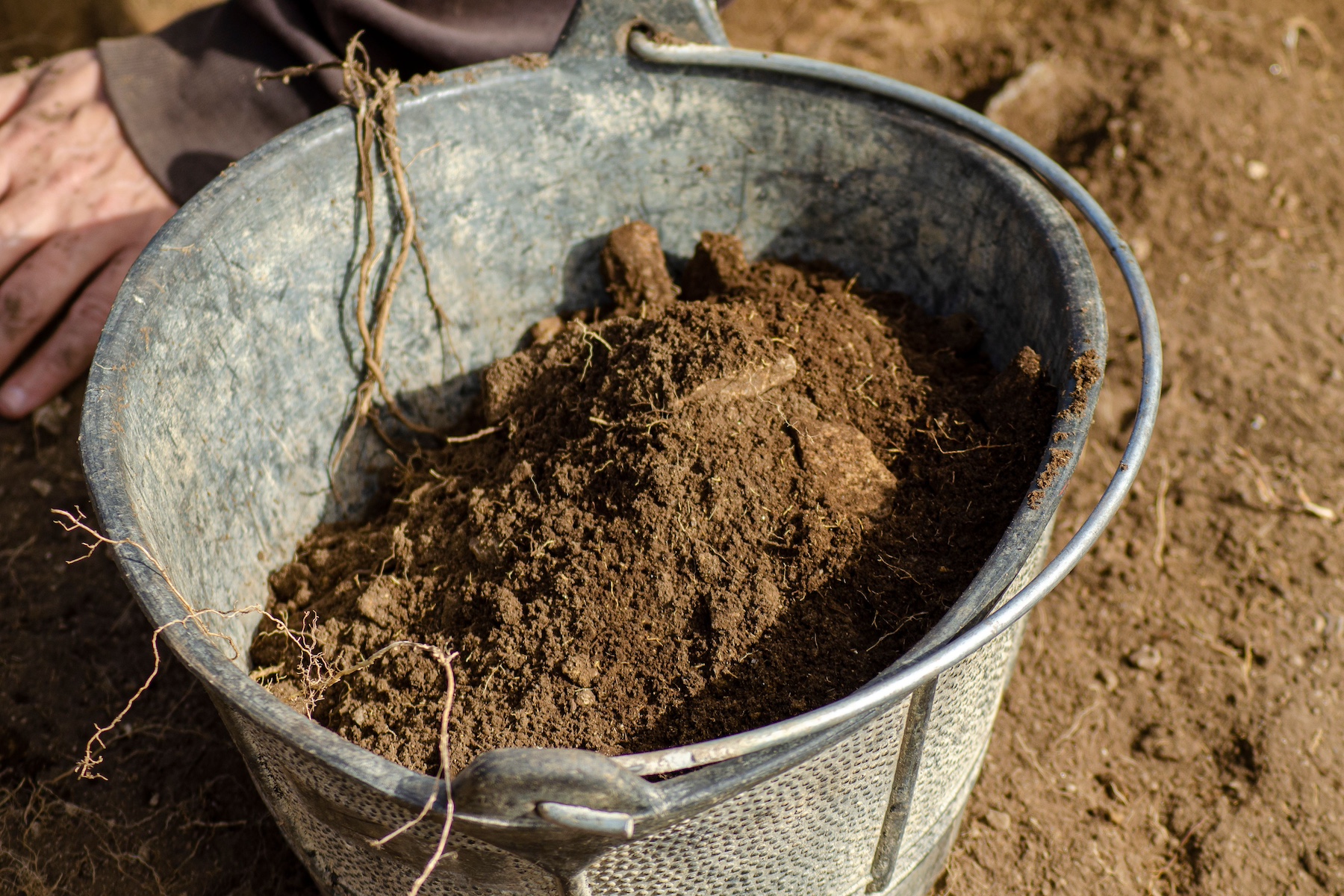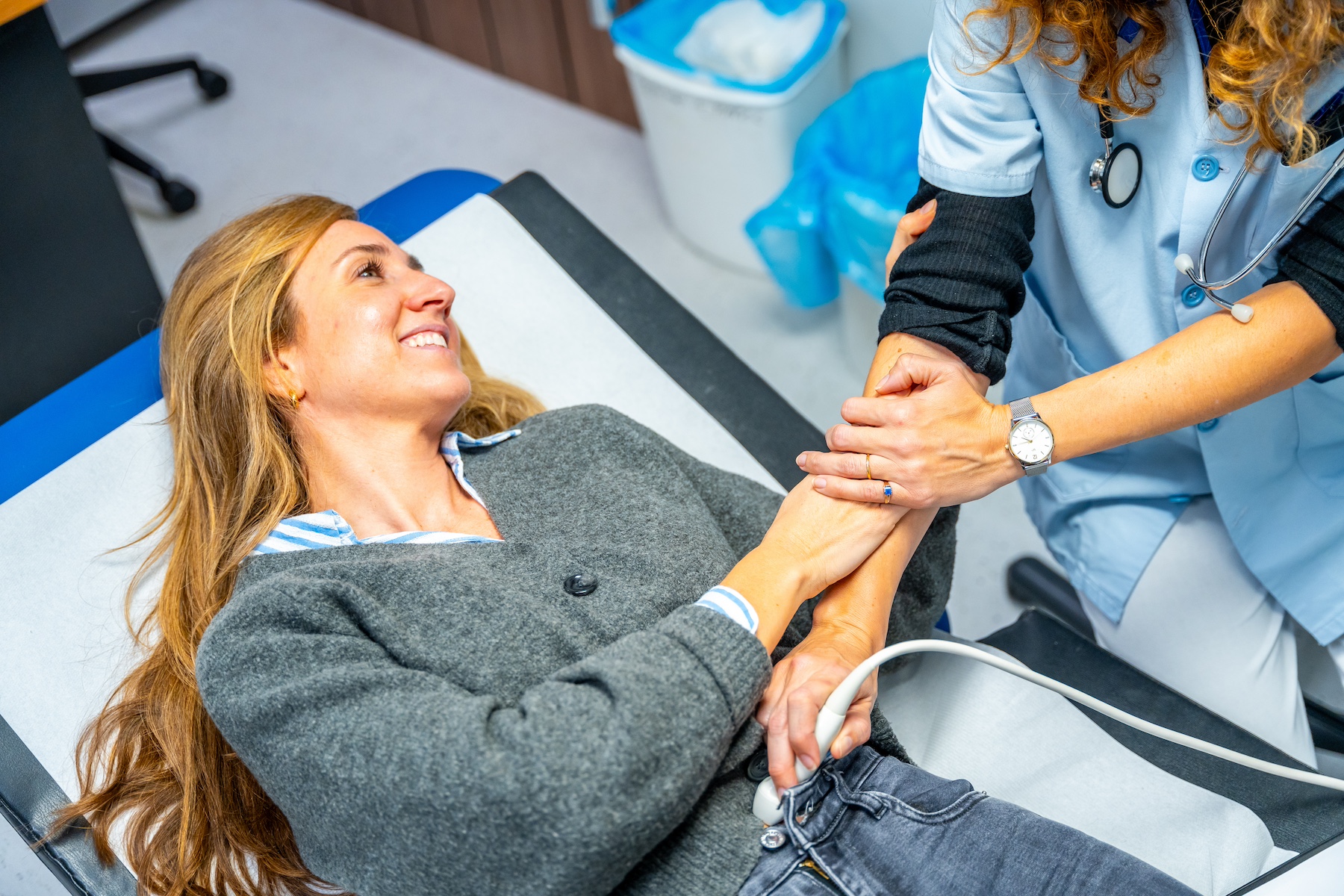Autopsies are much less common today than in previous decades. In the early 1970s the autopsy rate was as high as 41%. The rate steadily declined, and in 2018 the autopsy rate was just 8%. That includes all forensic autopsies. The hospital autopsy rate has dropped even lower to just 4%.
Fewer people are going through the autopsy process when they lose a loved one, but it’s still something tens of thousands of people experience every year. The idea that an autopsy will be performed on a loved one can be unsettling for many reasons. One reason is because little is understood about the process, and what’s depicted in films and television shows is sometimes far from reality.
The truth is autopsies aren’t handled the same across the country. State regulations will determine when an autopsy is required, who does it and the standard procedures. The reasons for an autopsy can include:
- A death is unnatural.
- A person died violently.
- The death is sudden.
- The circumstances of the death are suspicious.
- The death is unexpected.
- The person appeared to have committed suicide.
- The death occurred when no one was around.
- It’s the death of a child under seven years old.
- The cause of death is uncertain.
- There could be a public health concern.
If any of those scenarios occur an autopsy will likely be needed for cremation authorization. An autopsy may also be requested by a physician, legal designee of the deceased or family member.
Standard Autopsy Steps
Medical autopsies are in-depth, but they typically only take 1-4 hours to complete. In that time the doctor may be able to determine the cause of death. Other times more test results and examinations are needed for the cause of death to be determined. Whenever that’s the case the autopsy may not be concluded for a few days to a few weeks.
Below are the standard procedures for an autopsy:
- The doctor will first examine the body to look for any external signs for the cause of death. Things like bodily injuries and skin irritations will be noted.
- It’s also fairly standard for autopsies to include biopsies and blood draws. The doctor may want to test samples of tissue and bodily fluid for indications of what caused the death.
- Removal of the internal organs may also be deemed necessary for a thorough autopsy. When organs are removed they are weighed and tissue samples may be taken.
- The doctor may also perform biological, chemical and microscopic tests to determine the cause of death.
Of course, the likely cause of death can also influence what is done during the autopsy. For example, the doctor may only examine the heart if it’s believed that a heart attack caused a person’s death. If there are clear indications that’s the case after examining the heart, then the doctor may not examine other organs.
Direct Cremate can help families plan a cremation regardless of whether or not an autopsy is needed. Our services are available 24 hours a day, and we’ll help guide you through the process of getting approval to cremate.



